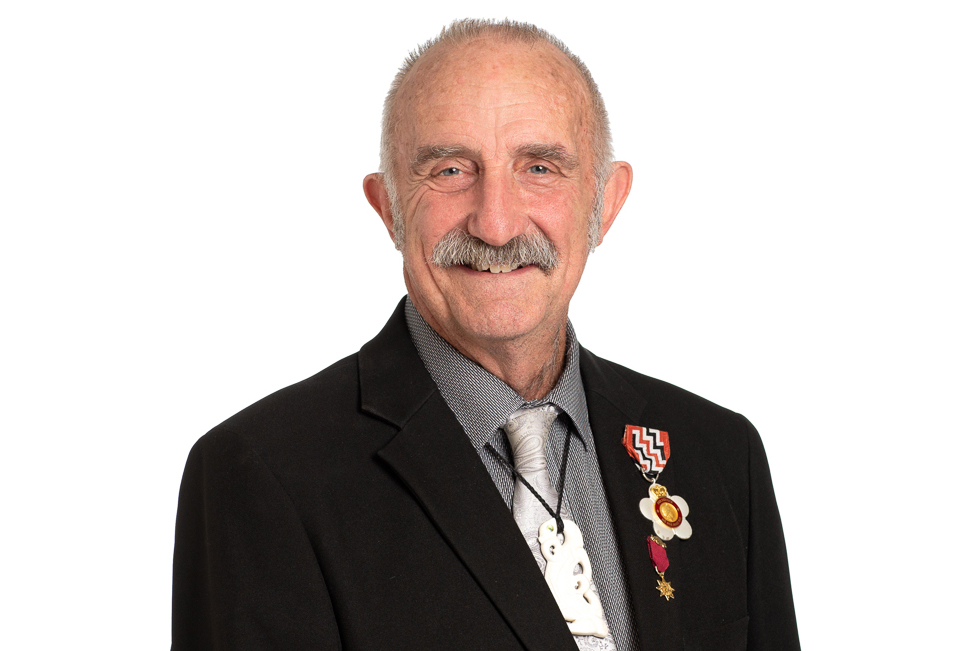Reimagining local government
By Mayor John Carter.
As Te Hiku readers know, last month Kaitāia was named New Zealand’s most beautiful small town. Kaitāia clinched the honour largely because of a wonderful community-led initiative – Te Hiku Open Places Revitalisation Project.

As Te Hiku readers know, last month Kaitāia was named New Zealand’s most beautiful small town. Kaitāia clinched the honour largely because of a wonderful community-led initiative – Te Hiku Open Places Revitalisation Project. The Council is supporting the project, but credit for creating public artworks and upgrading parks and public spaces goes to hard-working community members in Kaitāia, Awanui and Ahipara. This is a great example of how local government could and should operate: community-led with support and funding from local and central government. A similar example is Te Hiku Sports Hub. Te Hiku residents made a sports hub and aquatic centre a priority and after years of planning, fundraising, and gathering support, construction of the new facility is now well underway. Again, the Council provided support and funding, as did central government, but the community is driving this project.
In April 2021, the Government launched the Future for Local Government (FfLG) Review. This is a once-in-a-lifetime opportunity to change the way that public services are delivered to New Zealanders. It dovetails with proposals to change the way three waters services are delivered, and changes to the Resource Management Act. The FfLG review asks us to ‘reimagine the role and function of local government’ to better deliver wellbeing for communities. Over the last nine months, councillors and council staff have been working on what this may look like for the Far North. For us, the starting point is to put the ‘local’ back into Local Government.
One of the main goals of local government is to promote the social, economic, environmental, and cultural wellbeing of communities. Currently, wellbeing is delivered by a raft of agencies, both central and local, carrying out tasks professionally, but often in an uncoordinated way. We’d like to see more services put into the hands of local partnerships consisting of councils and government agencies, but with the communities they represent alongside.
A core priority is around Te Tiriti o Waitangi. We have a rich and diverse history and celebrate the fact that over half of our residents in the Far North identify as Māori. Local government must take into account the principles of Te Tiriti o Waitangi, specifically obligations to provide opportunities for Māori to participate in decision making and other council processes which are meaningful to both parties. Participation, partnership and protection are inherently place-based, and it is important that Iwi are involved in local governance structures that give life to the principles of Te Tiriti o Waitangi.
This review provides us an opportunity to improve the way services are delivered to citizens, make them more efficient and reduce costs. One way that councils can achieve that is through collaboration. Northland councils have demonstrated how to do this with New Zealand’s first shared services alliance arrangement for roading – the Northland Transportation Alliance.
We will continue refining our proposals before presenting them in April to the Future for Local Government Panel. In September, the Department of Internal Affairs will provide a draft report and recommendations for public consultation and a final report is due to be delivered to the government in April 2023.

